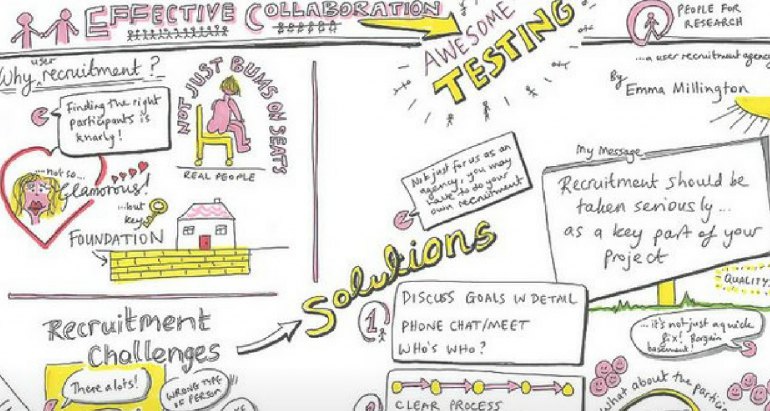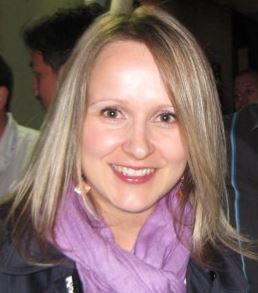UX Architect Jenny Cham on sketching your UX notes
13th August 2015

In June I attended UX Scotland, and among the many interesting people I met was Jenny Cham. I was struck by the unusual and beautiful note-taking method Jenny used to record her thoughts and ideas from the talks – sketchnotes.
Jenny is a Lead User Experience Architect at the European Bioinformatics Institute near Cambridge, and prior to this worked in R&D at GSK and Merck. She uses visual elements along with key headline information and quotes, which helps to bring to life the overall theme of each talk.
Looking at the Sketchnotes together, they create a vivid and easy-to-digest narrative to UX Scotland overall. Jenny’s Sketchnotes from UX Scotland can be seen on her website.

We wanted to find out more about how she developed such a unique style and what Jenny thinks the benefits of this approach to note- taking are. So we got in touch for a Q&A.
🎙 When did you first start using illustrations in your note-taking?
I described this here:
My colleague, Francis Rowland, is a sketchnoter, so I was inspired to try it after seeing his notebook. This sketchnote is from Tamara Munzner’s course on data viz. I only really started sketchnoting myself after reading Mike’s “Sketchnote Handbook” in Spring 2013 (which I read in a single evening with great interest!). Since then I have been sketchnoting at every suitable opportunity.
I now feel comfortable with my own ‘style’ of sketchnoting, which is often focussed on science, tech and pharmaceutical R&D-related topics. I think there’s no better way to keep engaged and to enjoy attending seminars and meetings!
🎙 How have you benefited from this style of note- taking?
It’s great for networking; people come up and ask you about it whilst you’re creating them at conferences. Also they are highly tweetable, which makes them good for internal projects, as they can go viral around large teams or organisations – with people forwarding them on by email.
Sketchnotes can make dry material more fun and memorable, such as some project meetings, data-heavy talks, or seminars about topics that could be a bit dull, such as regulations, administrative tasks, etc.
You can also create a portfolio of graphics in your own style – a bit like an artist, which is a great record of what you’ve done and learned over time. I enjoy creating them; getting off a computer and onto paper with coloured pens is different and fun.
I’ve even had people use my sketch notes in scientific papers, such as this one:
🎙 If you were to give advice to anyone one on the art of sketch noting what would it be?
Just have a go! Just do them for yourself to start with, to build up your confidence and your own style.
Look at other people’s sketchnote-style to get ideas too (like Francis Rowland, Mike Rohde, Eva-Lotta Lamm, Lynne Cazaly, etc etc.) Read Mike Rohde’s book, it’s so enjoyable to flick though. Also experiment with different typefaces, and different stationery. Enjoy!
Jenny was also kind enough to compile some useful references about Sketchnotes and visual note-taking;
+ Akah, B. and McBride C. (2012) Sketchnotes: Field Guide for the Busy Yet Inspired Professional. Bright Bird Press, Columbus Ohio
+ Brown, S. (2014) Doodle Revolution: Unlock the power to think differently. Portfolio Penguin, London.
+ Erb, V. (2012) How to Start Sketchnoting. Bulletin of the American Society for Information Science and Technology, Vol39, Number 1
+ Hattie, J. and Yates, G. (2014) Visible learning and the science of how we learn. Routledge, New York.
+ Lamm, E-V. (2012) Sketchnotes 2012. CreateSpace Independent Publishing Platform.
+ Marquardt, N. and Greenberg, S. (2012) Sketchnotes for Visual Thinking in HCI. In Proc. ACM Conference on Human Factors in Computing Systems: CHI Workshop on Visual Thinking and Digital Imagery. (Workshop held at the ACM CHI Conference), 5 Pages, May.
+ Rohde, M. (2012) The Sketchnote Handbook: the illustrated guide to visual note taking. Peachpit Press, San Francisco.
If you would like to find out more about our in-house participant recruitment service for user testing or market research get in touch on 0117 921 0008 or info@peopleforresearch.co.uk.
At People for Research, we recruit participants for UX and usability testing and market research. We work with award winning UX agencies across the UK and partner up with a number of end clients who are leading the way with in-house user experience and insight.


